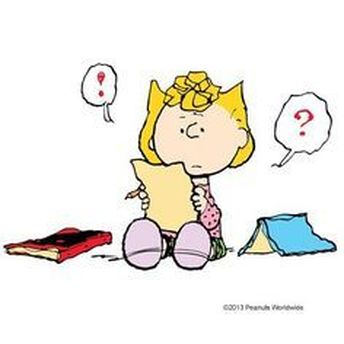|
Our classroom coral reef is blooming with "life" with its vibrant and colorful coral and the fascinating sea life decorating our classroom entrance way. This display is a work-of-art created by the amazing artists of D103. Using their coral reef animal research from 2nd quarter, students worked hard to draw their animal and coral, colored it using oil pastels, and described how it depends on other plants and/or animals within its habitat. The coral reef was assembled after school with a group of students. On Monday morning all the children will get to explore this coral reef for the first time! Check out the photo.
Here is a summary of what happened in our classroom: In Langauge Arts...
In science...
REMINDERS AND ANNOUCEMENTS
0 Comments
Leave a Reply. |
Proudly powered by Weebly

 RSS Feed
RSS Feed